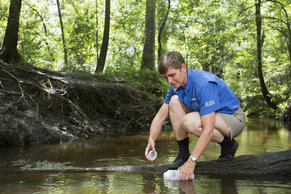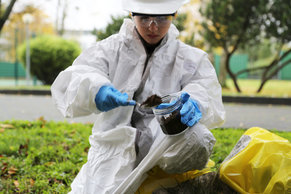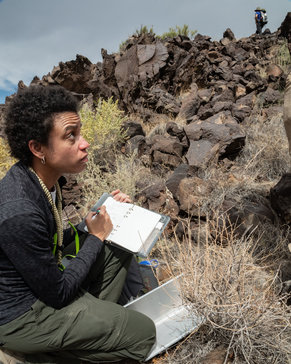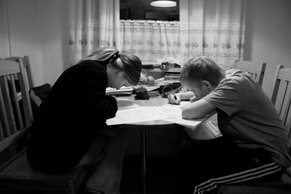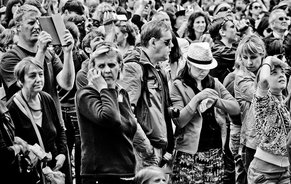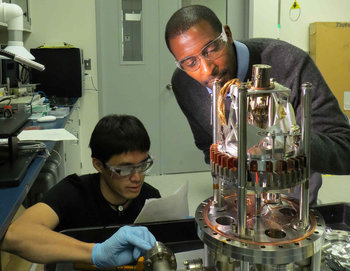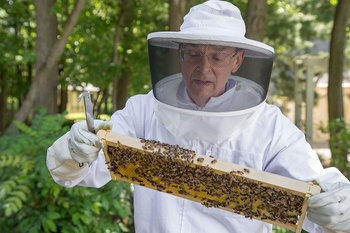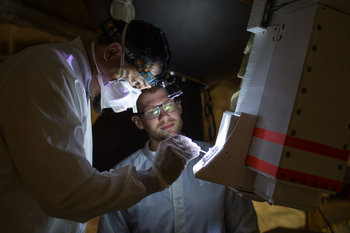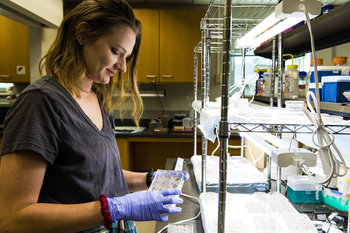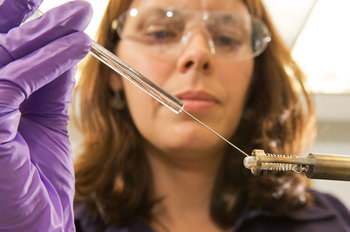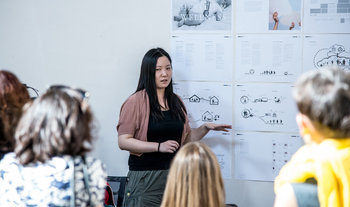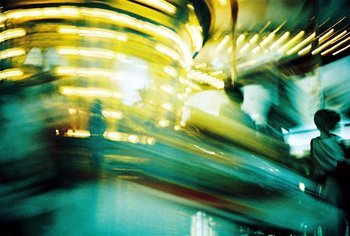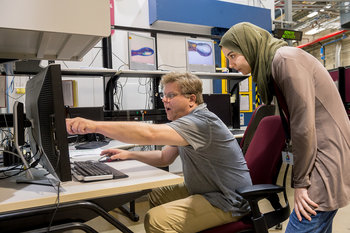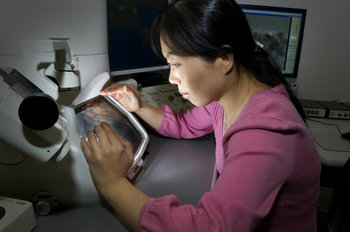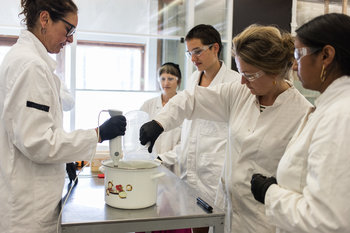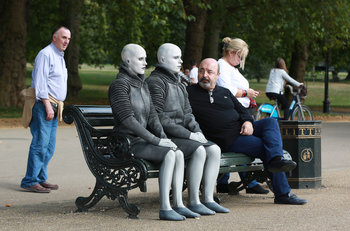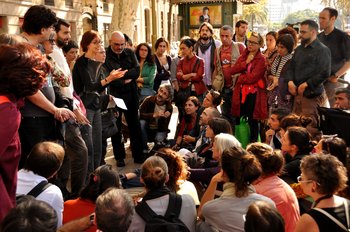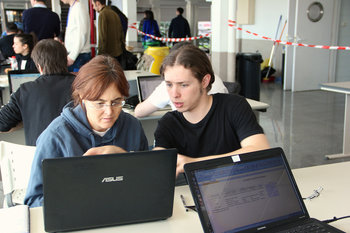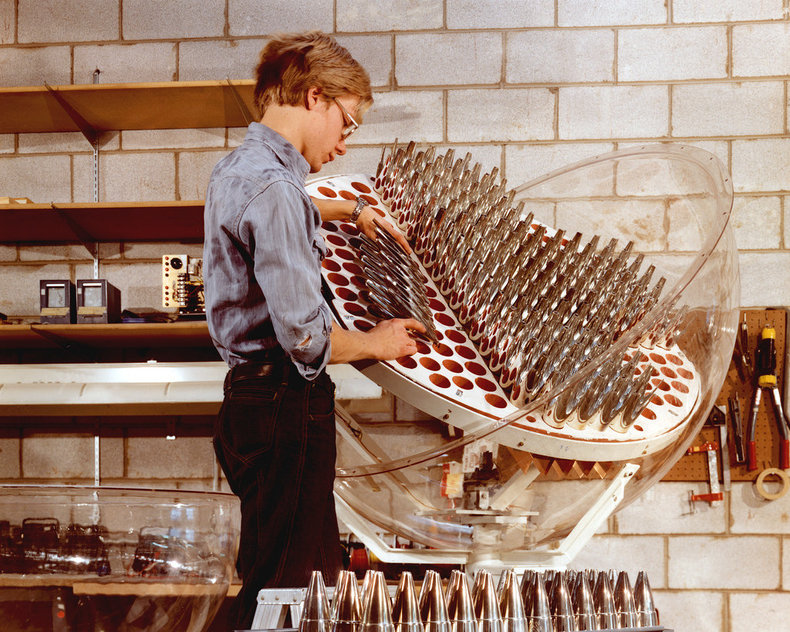
Negative Control Group
A negative control group is a broad term for a control based on a treatment that is not expected to have any effect. In other words, the independent variables are changed to something that isn't predicted to influence dependent variables. For example, a plant experiment where the treatment group receive a fertilizer and the control group receives no fertilizer.Placebo Control Group
A placebo control group uses a treatment that is predicted to have no effect whatsoever. The placebo is designed to resemble the actual treatment. This is intended to trigger the placebo effect whereby participants may show improvement based on the belief they are being treated. For example, the control group may be given pills designed to look like the treatment that contain a food substance such as starch.Blinded Control Group
In most cases, a placebo control group is blinded meaning that participants are not informed they are in the control group. The placebo effect may not occur if people know they are not being treated.Double-Blinded Control Group
In a double-blinded experiment, neither participants nor experimenters know who is in the control groups. This is done to eliminate any unintentional bias on the part of experimenters.Randomized Control Group
It is a good practice to use a process of random assignment to place participants in a control or treatment group. This can be as simple as flipping a coin repeatedly for each participant. However, it is also common to apply rules to the assignment in conjunction with randomization. Randomized assignment may be run and then groups examined for balance. If the groups appear unbalanced in some way, the randomization is run again. For example, in a weight loss study if most of the heaviest participants end up in the control group, the randomization may be repeated until the weight distributions are more even.Untreated Control Group
A control group that receives no treatment or placebo. This group is simply monitored and tested to compare results to the treatment group. For example, 400 people with a toe fungus may be divided into a treatment group and a group that receive no treatment. This is done to isolate the effects of the treatment from spontaneous healing of the condition.Wait List Control Group
A control group that receives either no treatment or a placebo in parallel with a treatment group. At the end of the experiment, the control group receive the treatment or another active treatment. This is done for ethical reasons so that the control group do not suffer with poor health because of the experiment. For example, 200 people who receive a placebo treatment for toe fungus as a control may receive a standard treatment at the end of the experiment to cure their condition.Positive Control Group
A control group based on a standard treatment that is known to work. For example, a product design experiment to determine if an innovative bicycle tire is resilient to stresses may have a control group based on a commercially available bicycle tire. The damage to the test tires can then be compared to the damage on the control tires after a series of stresses are applied.Multiple Control Groups
An experiment may use multiple control groups such as a negative and positive control. For example, a trial of a medicine may have a treatment group, placebo group and positive control group that is given a standard commercially available treatment.Natural Experiments
A natural experiment is a real world situation that resembles an experiment. These may feature populations that resemble negative or positive controls. For example, a small city has three high schools each with a similar population and academic record. One of the schools embarks on a bold new teaching method while the other two schools make no changes. The two schools that make no changes resemble a negative control that can be benchmarked against the school with the new teaching method.Control Group vs Control Variable
A control group is a parallel experiment with a different treatment that provides a benchmark of comparison that is used to validate results. A control variable is a factor that can influence the results of an experiment that is held constant. For example, in an experiment on plants the amount of water given to each plant may be a control variable such that each plant is given the same amount of water with the same method throughout the experiment.Summary
A control group is a group that is assigned to receive no treatment or some standard treatment. This serves as a baseline that can be used to analyze the results of the experiment.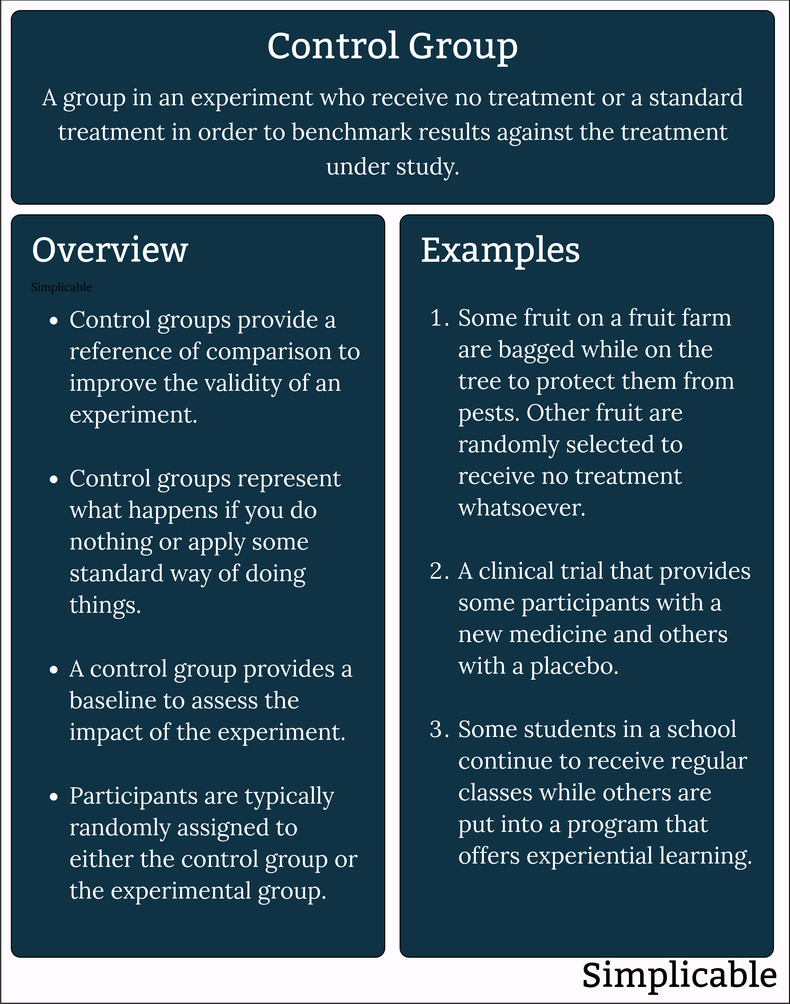
| Overview: Control Group | ||
Type | ||
Definition | A parallel experiment that is identical to a primary experiment except that it uses a different treatment that provides a benchmark of comparison that is used to validate results. | |
Related Concepts | ||

